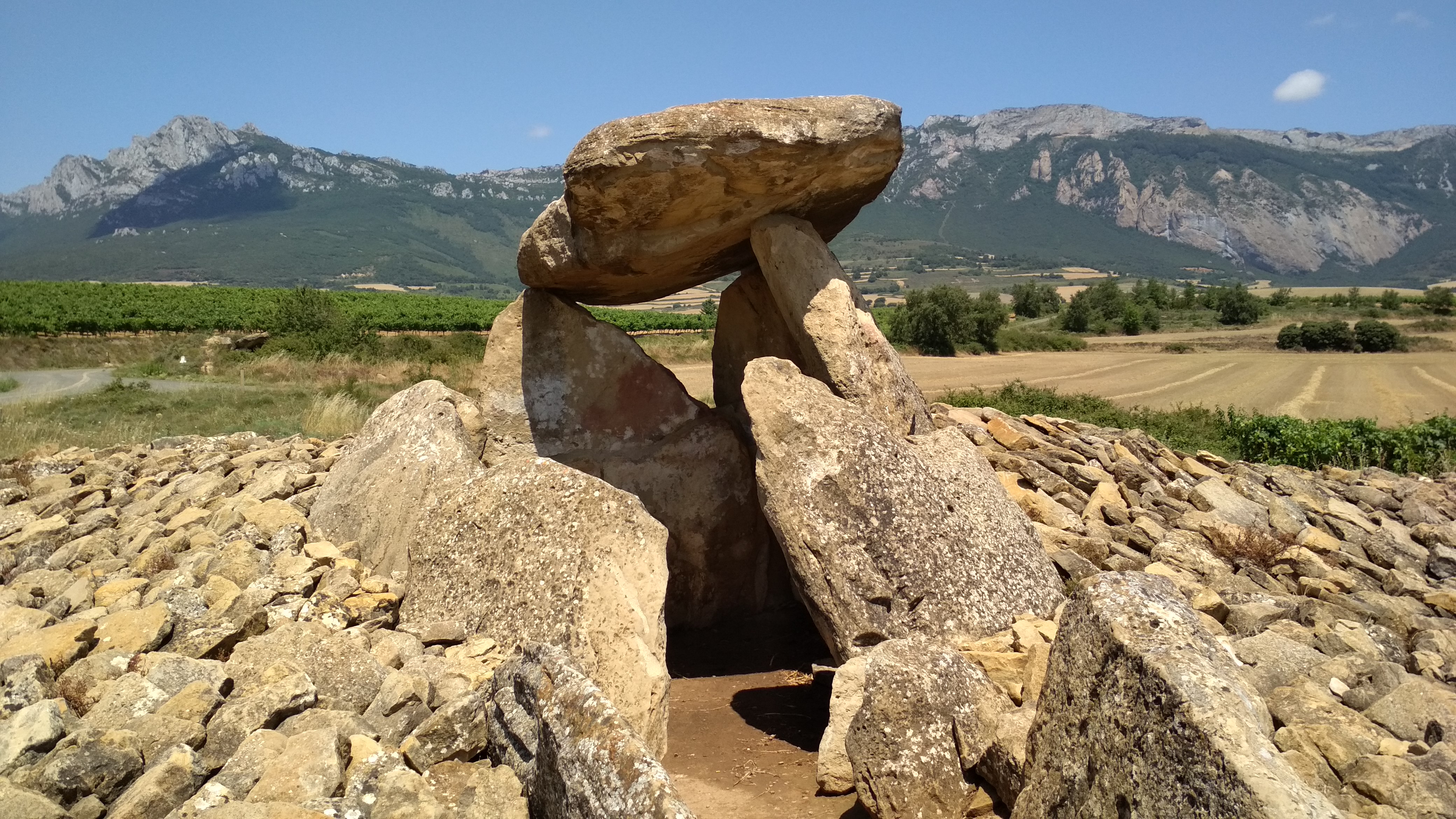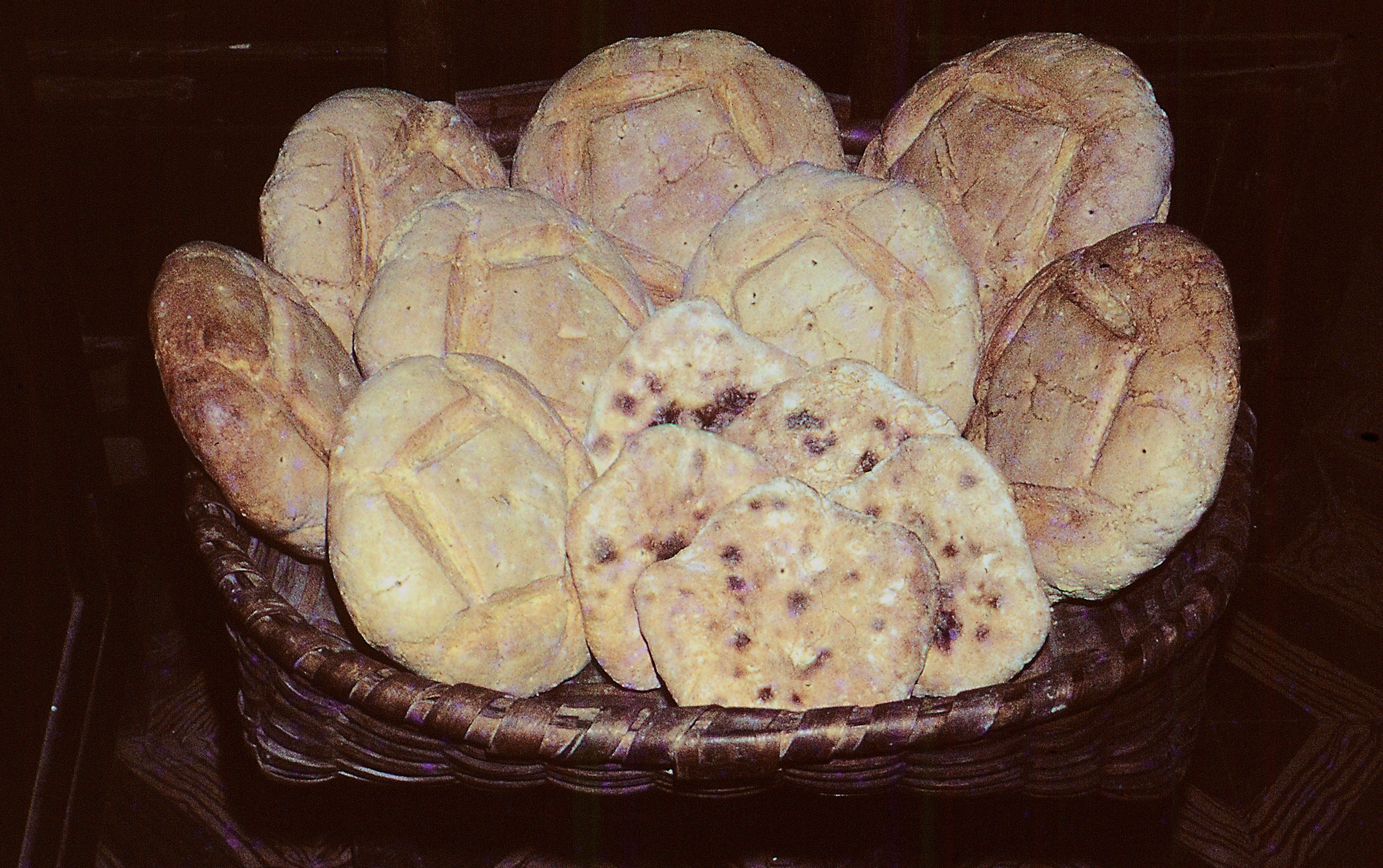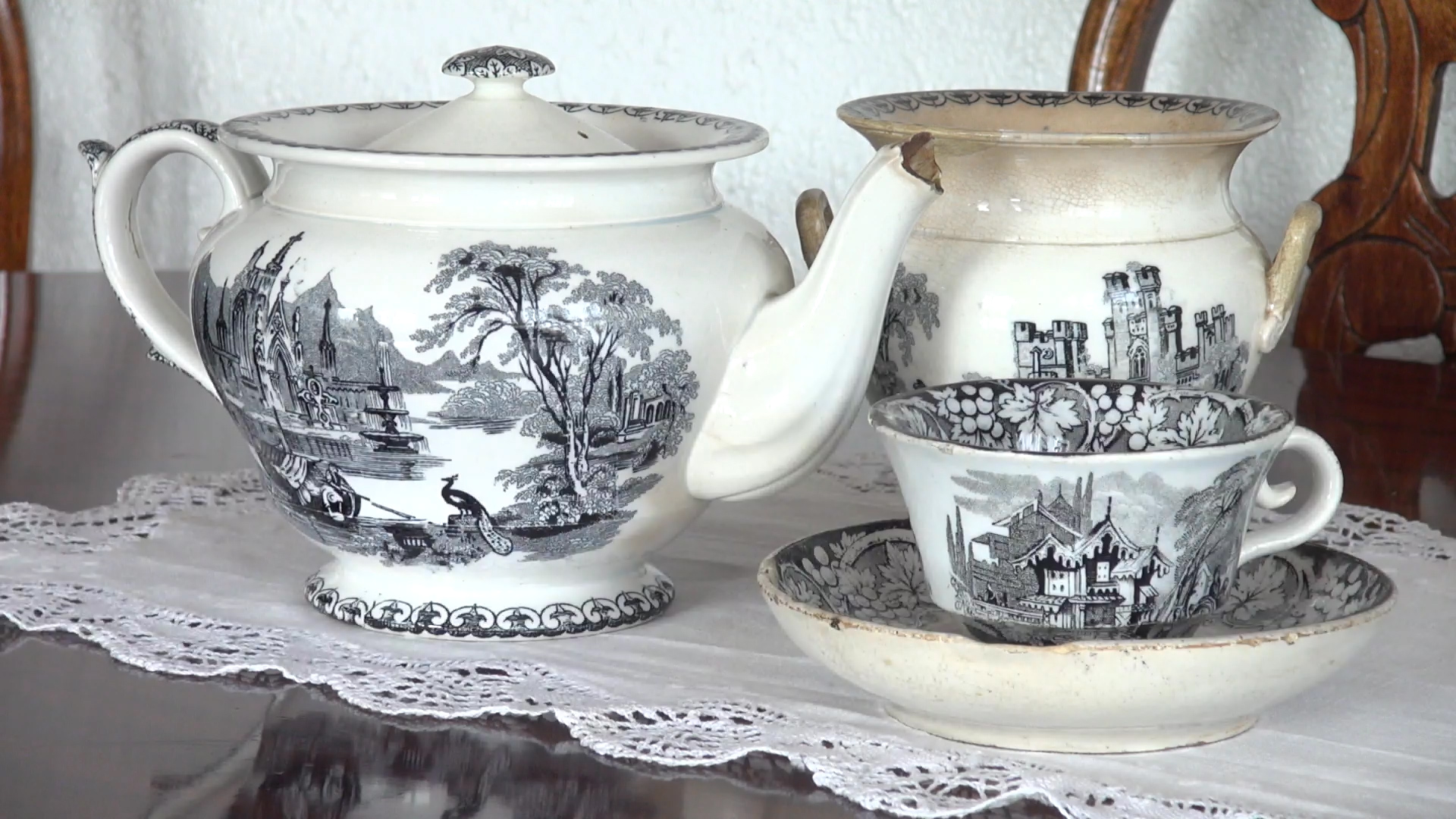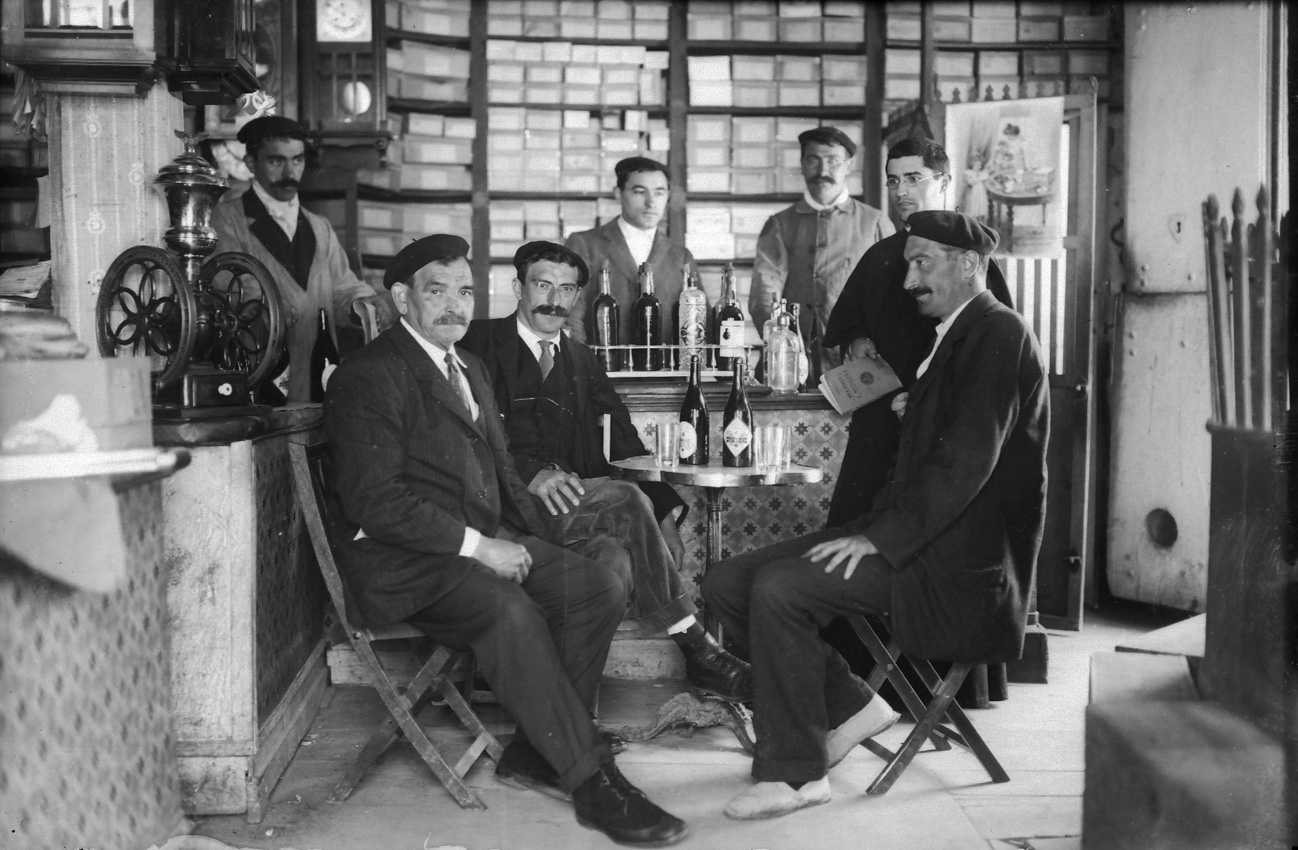Basque ethnography at a glance

Dolmen group known as Witch’s Hut with Toloño Range in the background. Elvillar (Álava), 2017. José Ángel Chasco.
The Ministry of Development, through the Spanish National Geographic Institute, has recently issued a favourable decision officially naming the mountain range running from Labastida (Álava) to Lapoblación (Navarre) pass San Vicente de la Sonsierra (La Rioja) as Toloño Range. It is a firm and final resolution that ends a three-decade long debate and controversy. (more…)

Homemade batch of bread. Ander Manterola.
In a previous post, published on 20 July 2018, we began to tell the story of bread and shall now pick up where we left off.
Once grown and harvested, wheat grain was stored in large chests (kaxak) with a capacity of 7 or 9 bushels, more often than not made from wild (eztitzaga) chestnut wood, until it was taken to the mill to be ground into flour. Next came the making and baking of bread, a task traditionally reserved for women. (more…)

Set of ceramics from Busturia. Labayru Fundazioa Photographic Archive.
St Mammes Ceramics in Busturia appears to have operated for barely a couple of decades, approximately from 1842 to 1862, and still remains largely unknown. It was erected on the ruins of an ancient tile factory in the neighbourhood of Axpe, on the right bank of the Urdaibai estuary opposite Kanala, on the site where the house known as Villa Matilde stands today. (more…)


